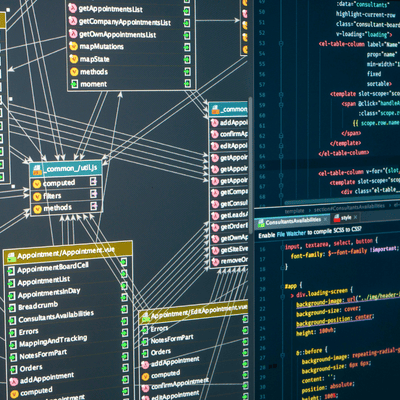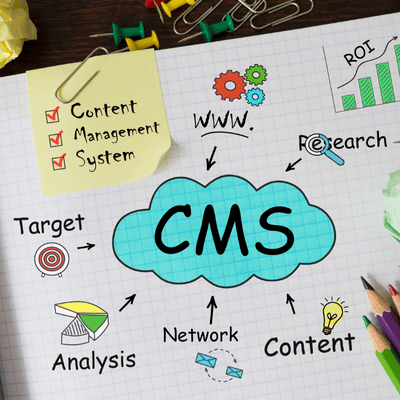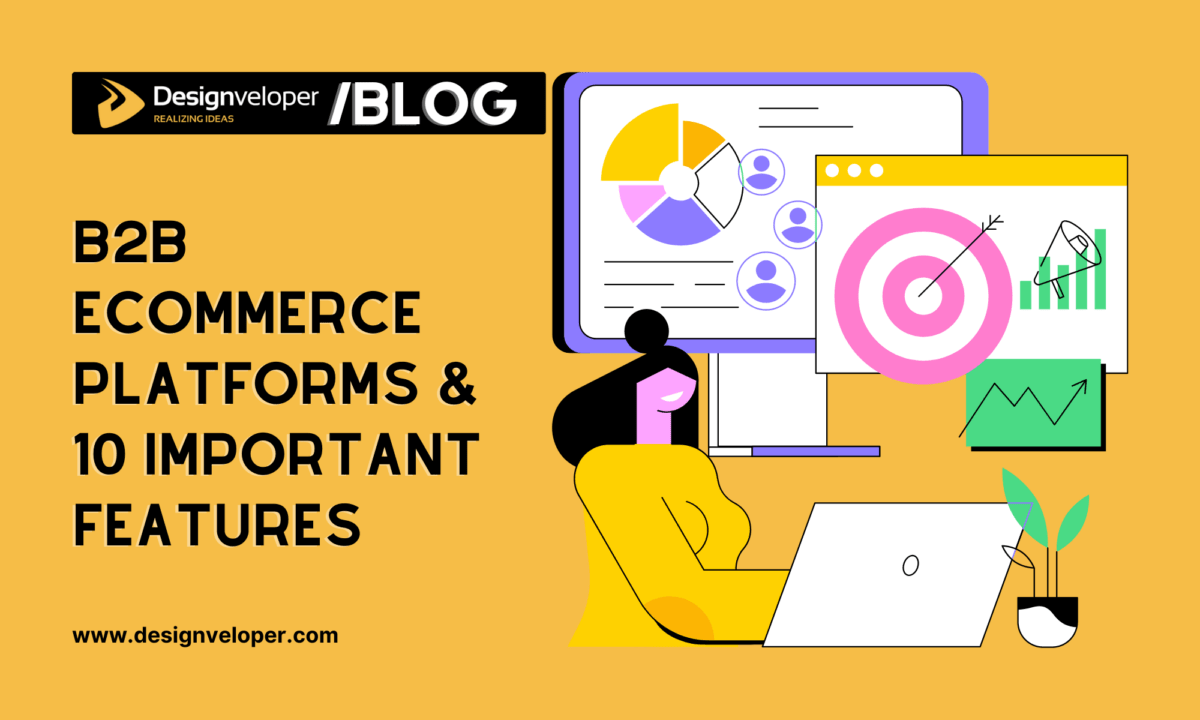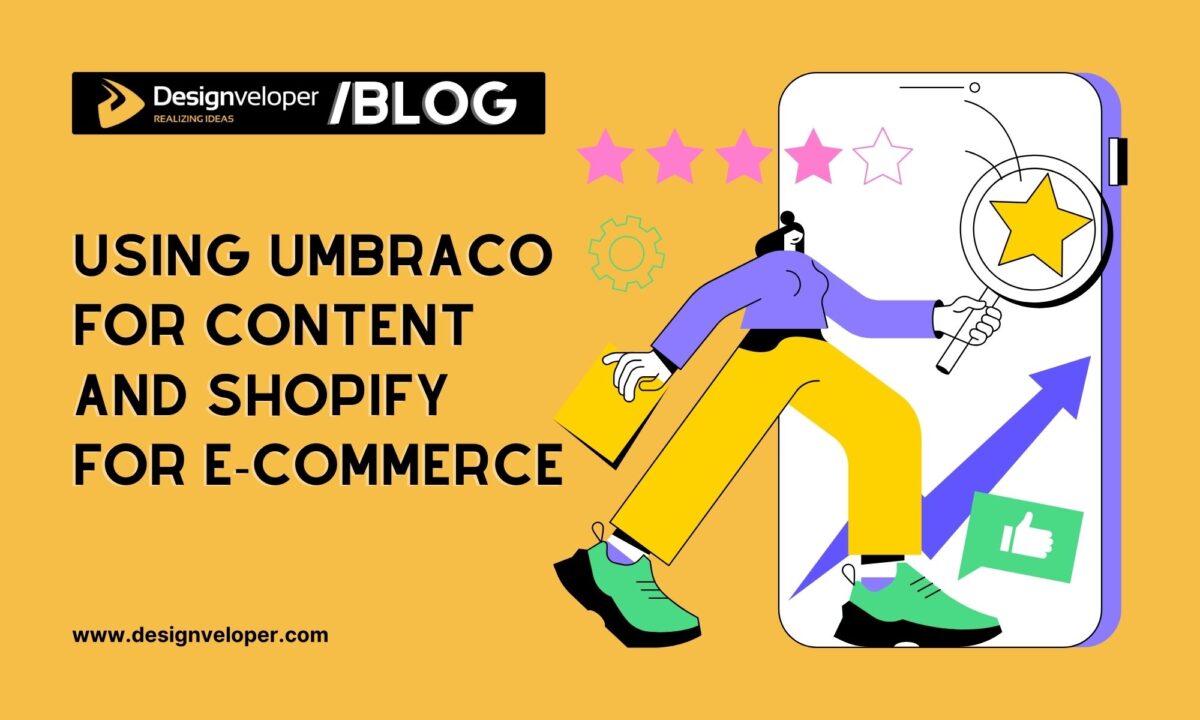Best of Both Worlds: Using Umbraco for Content and Shopify for E-commerce
February 07, 2025
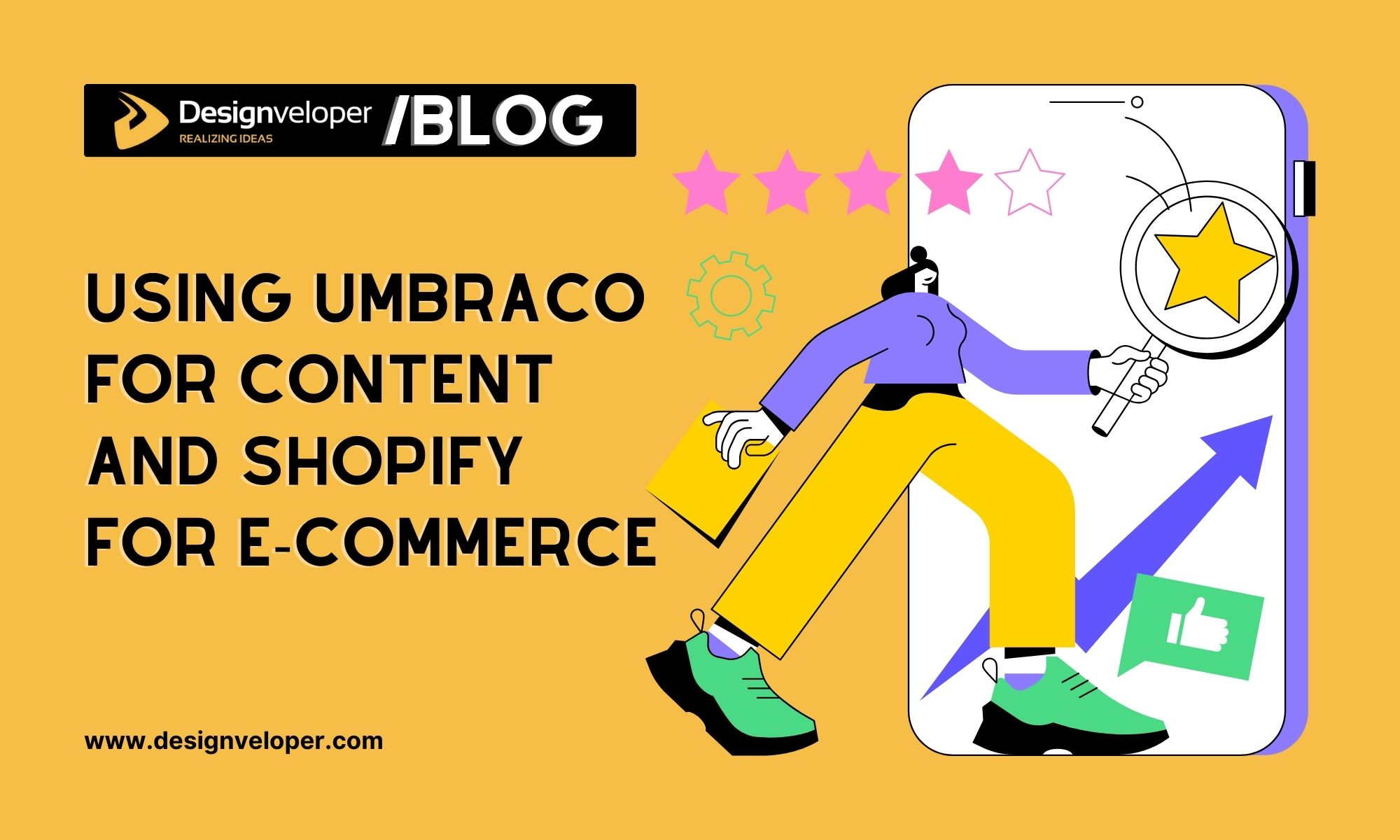

Businesses often find themselves torn between robust content management and powerful e-commerce capabilities. While many platforms claim to do it all, the reality is that specialized tools often perform better in their respective domains. This is where a hybrid approach combining Umbraco content management prowess with Shopify’s eCommerce excellence comes into play.
For many organizations, managing content and eCommerce operations separately has been a necessary evil, leading to disconnected experiences and administrative headaches. However, with the right implementation strategy, you can create a seamless integration that leverages the best of both platforms while minimizing their limitations.
Understanding the Umbraco eCommerce Platform Strengths
Before diving into implementation details, it’s crucial to understand why this hybrid approach makes sense. Umbraco, as a content management system, excels in areas where Shopify’s content capabilities might fall short, and vice versa.

Umbraco’s content management capabilities are truly remarkable. The platform offers unparalleled flexibility in content modeling and structure, allowing you to create complex content hierarchies that perfectly match your organization’s needs. Its robust multi-language support makes international content management a breeze, while its sophisticated workflow and versioning systems ensure content quality and consistency. The platform’s media management capabilities are extensive, and its custom property editors allow for tailored content entry experiences.
FURTHER READING: |
1. Picsart E-commerce Marketing Automation Toolset |
2. How UX/UI Design Shapes the Future of E-Commerce Stores |
3. Top Software Development Trends Shaping the Future of eCommerce |
How to Using Umbraco for Content and Shopify for eCommerce
On the flip side, Shopify has established itself as the gold standard in e-commerce. Its product management system is intuitive yet powerful, handling everything from simple products to complex variants with ease. The platform’s payment processing is secure and reliable, supporting a wide range of payment methods and currencies. Inventory management, order fulfillment, and shopping cart functionality are all seamlessly integrated, while built-in analytics provide valuable insights into your business performance.
1. Planning Your Architecture
Successfully implementing a hybrid solution requires careful planning and architecture design. The key is to create a system where both platforms can operate independently while maintaining perfect synchronization where it matters.
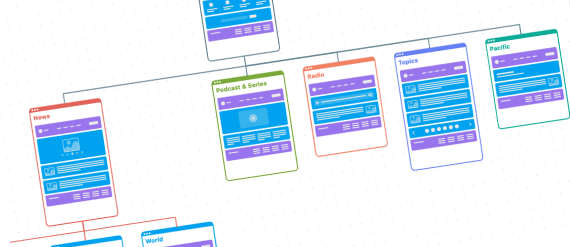
A headless commerce implementation often works best in these scenarios. This approach allows Umbraco to handle the presentation layer while Shopify manages the eCommerce functionality behind the scenes. API-first architecture ensures smooth communication between the platforms, while careful data synchronization strategies prevent inconsistencies.
Your technical requirements will include robust server infrastructure to handle both platforms, a well-planned development environment, and team members skilled in both Shopify and Umbraco CMS development. Consider setting up separate testing environments for content and eCommerce functionality to streamline the development process.
2. Implementation Strategies
The implementation process begins with proper setup of both platforms. Start by installing and configuring Umbraco with your desired content structure, then set up your Shopify store with your product catalog and payment gateways. Establish clear development workflows and create necessary API connections between the platforms.

When structuring your content in Umbraco, design content types that complement your e-commerce needs. Create product-related content models that extend beyond what Shopify offers, allowing for rich content experiences around your products. Set up media libraries that can handle both content and product assets efficiently.
The eCommerce integration is where things get interesting. Shopify’s Buy Button offers a straightforward way to embed purchasing functionality within your Umbraco-managed content. However, you’ll likely want to go beyond this basic integration. Consider implementing custom APIs to handle more complex interactions between the platforms, such as real-time inventory updates or sophisticated product filtering.
3. Managing Content Operations
Once your hybrid solution is in place, establishing clear content operations becomes crucial. Create workflows that clearly delineate responsibilities between content and e-commerce teams. Your content team can focus on creating and managing rich content experiences in Umbraco, while your e-commerce team handles product updates, inventory, and orders in Shopify.

Implement review and approval workflows that ensure content quality without slowing down e-commerce operations. If you’re operating in multiple languages, take advantage of Umbraco’s translation features while ensuring your Shopify store remains properly localized.
4. Optimization and Performance
Performance optimization is critical for any e-commerce site. Implement caching strategies that balance content freshness with speed. Optimize content delivery through CDNs, compress and optimize images, and carefully manage API calls between platforms to prevent performance bottlenecks.

Database optimization becomes particularly important in a hybrid setup. Regular maintenance of both Umbraco and Shopify databases ensures optimal performance. Monitor API usage and implement rate limiting where necessary to prevent overload.
5. Maintaining Your Hybrid Solution
Regular maintenance is crucial for keeping your hybrid solution running smoothly. Establish schedules for content audits, database maintenance, and security updates. Monitor performance metrics and user behavior to identify potential issues before they impact your business.
When it comes to platform updates, careful planning is essential. Both Umbraco and Shopify regularly release updates, and maintaining compatibility requires attention to detail. Implement thorough testing procedures and maintain clear update workflows, including rollback procedures in case of issues.
6. Analytics and Reporting
One advantage of a hybrid solution is the ability to gather comprehensive data about both content performance and eCommerce metrics. Implement tracking that covers both platforms, set up custom reports that combine data from both sources, and use this information to continuously improve your digital presence.

Consider implementing tools that can provide unified analytics, giving you a complete picture of how content engagement relates to purchase behavior. This data can be invaluable for optimizing both your content strategy and your e-commerce operations.
7. Looking to the Future
As both Umbraco and Shopify continue to evolve, your hybrid solution should be designed with scalability in mind. Stay informed about platform updates and new features that could enhance your implementation. Consider emerging technologies and integration opportunities that could further improve your digital presence.
Conclusion
While implementing a hybrid Umbraco-Shopify solution requires careful planning and ongoing maintenance, the benefits often outweigh the challenges. You get the best of both worlds: Umbraco’s content management excellence and Shopify’s eCommerce capabilities, working together to create a powerful, flexible digital presence.
Success with this approach requires commitment to maintaining both platforms and ensuring they work together seamlessly. However, with proper implementation and management, you can create a digital presence that truly serves both your content and eCommerce needs effectively.
Remember that this is not a “set it and forget it” solution. Regular monitoring, updates, and optimizations will be necessary to ensure your hybrid platform continues to meet your business needs as they evolve. Stay flexible, keep learning, and be ready to adapt as both platforms continue to evolve.
The future of digital commerce lies in these kinds of intelligent hybrid solutions that bring together the best tools for each specific need. By combining Umbraco’s content management capabilities with Shopify’s eCommerce prowess, you’re not just solving today’s challenges – you’re building a foundation for future growth and success.
Combining Umbraco for content management and Shopify for e-commerce offers a powerful solution for businesses looking to seamlessly integrate content and commerce. At Designveloper, we believe this approach not only enhances user experience but also optimizes site performance, scalability, and flexibility. By leveraging the strengths of both platforms, businesses can deliver engaging, personalized experiences while managing their online stores efficiently. Whether you’re looking to improve content delivery or streamline e-commerce processes, this integrated strategy can help elevate your digital presence and drive growth.
Let Designveloper help you navigate the best tools and technologies for your business’s success!






Read more topics





































